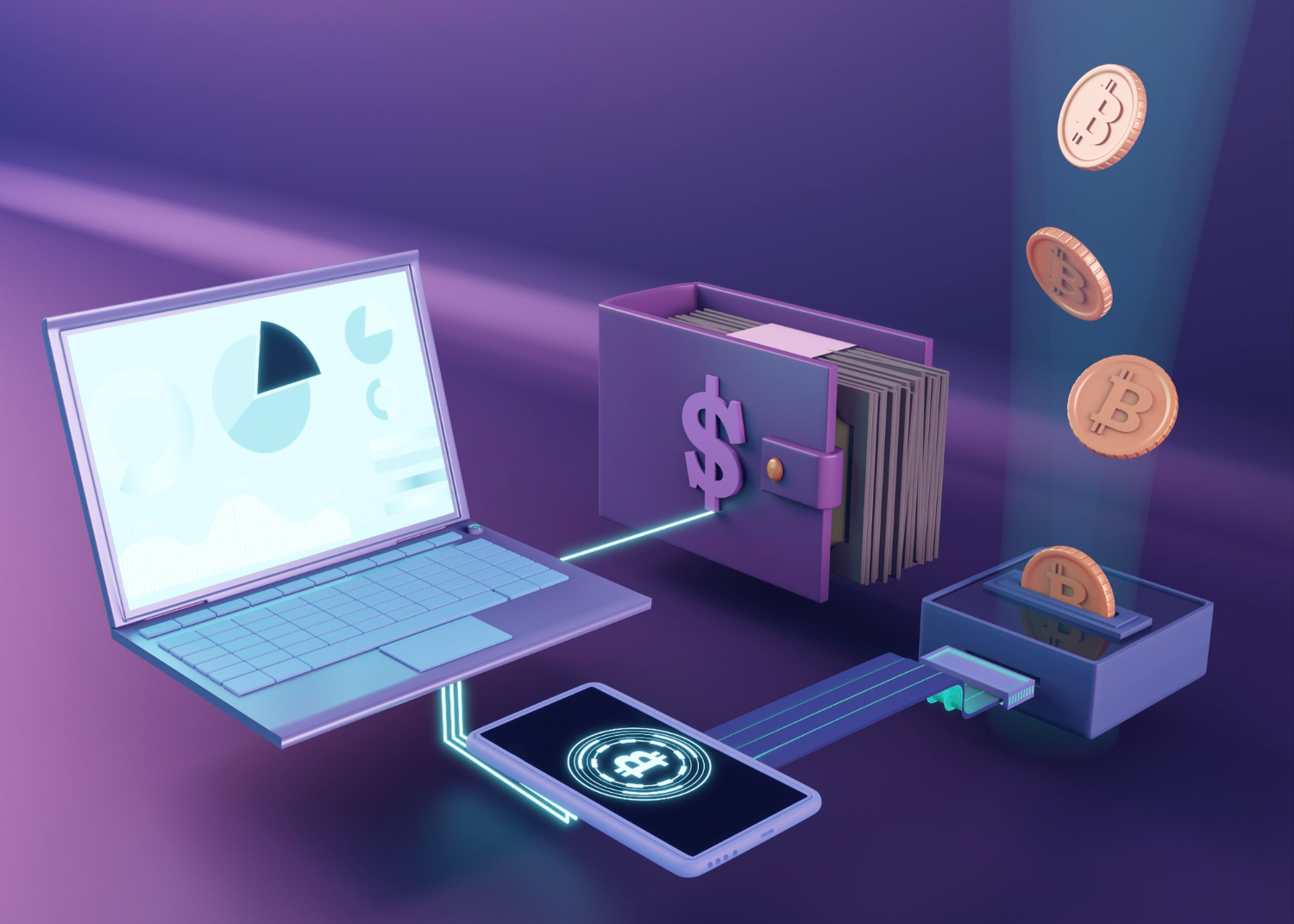Tokenization, a transformative process within the blockchain ecosystem, encapsulates the conversion of assets into digital tokens, thus enabling their tradability and accessibility. Real World Assets (RWAs) epitomize this phenomenon, facilitating the tokenization of tangible assets such as gold, real estate, and carbon credits into digital formats, thereby ushering in a new era of asset liquidity and efficiency.

[Freepik](https://www.freepik.com/search?format=search&last_filter=orientation&last_value=landscape&orientation=landscape&query=Tokenization+&sort=relevance)
**Bridging Traditional Finance with DeFi**
The integration of RWAs into the realm of decentralized finance (DeFi) has been nothing short of revolutionary, effectively bridging the gap between traditional finance and the burgeoning world of blockchain-based finance. This integration has unlocked a myriad of opportunities, offering investors a diverse range of assets to engage with while expanding the capabilities of DeFi protocols.
**The Three Phases of RWA Tokenization**
To understand the mechanics behind RWAs, it's crucial to delve into the three primary phases involved in their tokenization process: off-chain formalization, information bridging, and RWA protocol demand and supply.
**Off-chain Formalization: Establishing Legitimacy**
Off-chain formalization serves as the foundational step in legitimizing RWAs by establishing the asset's value, ownership, and legal standing in the physical world. This often involves meticulous documentation and verification processes to ensure the authenticity and integrity of the asset being tokenized.
**Information Bridging: Transforming Assets into Tokens**
Information bridging, the subsequent phase, entails the transformation of the asset's information into a digital token. This process embeds crucial data, such as the asset's value and ownership details, within the token's metadata, thereby facilitating transparency and accountability in transactions. Moreover, regulatory technologies play a pivotal role in this phase, ensuring compliance with relevant regulations and standards governing asset tokenization.

[Freepik](https://www.freepik.com/free-vector/hand-drawn-flat-design-api-illustration_25860683.htm#fromView=search&page=1&position=0&uuid=0df8ba7d-e4a2-434b-a170-4184dc1f2e86)
**RWA Protocol Demand and Supply: Driving Liquidity and Participation**
The final phase, RWA protocol demand and supply, revolves around the utilization of DeFi protocols to facilitate the creation and trading of RWAs. These protocols play a dual role in expanding the availability of RWAs and stimulating investor interest in these digital assets, thereby driving liquidity and market participation.
**RWAs as Stable Investment Options**
In the wake of market downturns and volatility, RWAs have emerged as stable investment options, attracting investors seeking refuge from the uncertainties of traditional financial markets. This shift in investor mindset has contributed to the growing prominence of RWAs within the DeFi landscape, with their adoption and utilization steadily increasing.
**Key Players in RWA Issuance**
Key players in the RWA issuance space, such as Centrifuge, Franklin Templeton, and WisdomTree, have played instrumental roles in driving the growth and adoption of RWAs. These entities leverage their expertise and resources to acquire tangible assets, tokenize them, and distribute the resulting tokens within blockchain networks, thereby facilitating broader access to these assets.
**Advantages and Challenges of RWAs in DeFi**
Advantages of RWAs within DeFi are manifold, ranging from enhanced liquidity and fractional ownership to transparency and inclusivity. However, RWAs also face several challenges, including regulatory complexity, security concerns, and scalability issues.
**Conclusion: Reshaping the Future of Finance**
In conclusion, RWAs represent a paradigm shift in the financial landscape, offering a bridge between traditional finance and DeFi. As the DeFi ecosystem evolves, RWAs are poised to play an increasingly pivotal role in driving innovation and democratizing access to financial services on a global scale.